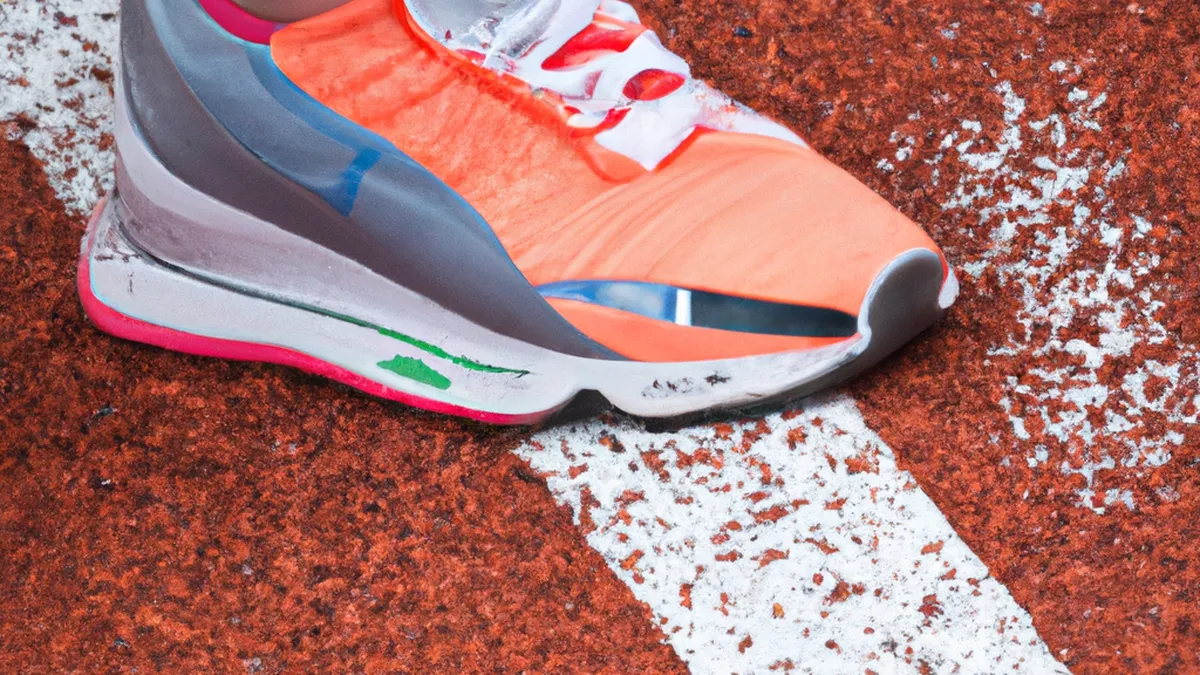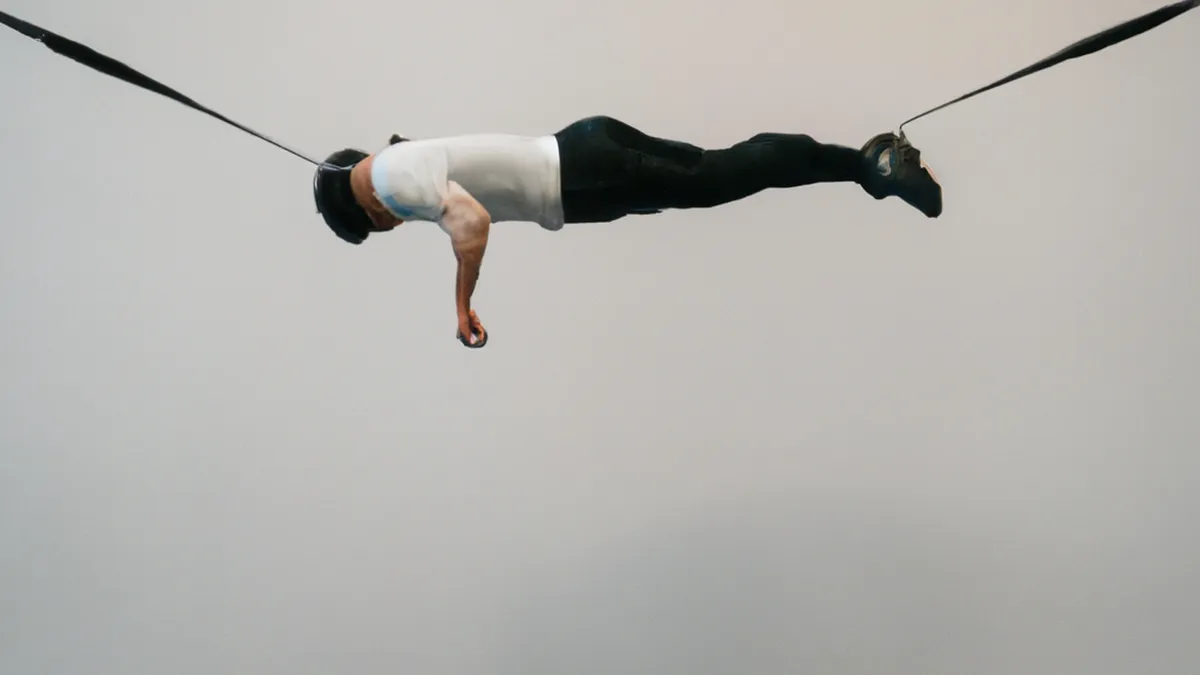Evaluate Playing Surfaces for Safety
Strategies for Ankle Sprain PreventionAnkle sprains often affect athletes and active individuals. They happen when ligaments stretch or tear from sudden movements or uneven surfaces. You can stay active and injury-free by learning ways to prevent ankle sprains. In this post, we’ll discuss effective strategies, including strengthening exercises, proper footwear, and warm-up routines.
Understanding Ankle Sprains
Ankle sprains vary in severity based on ligament damage. Mild sprains cause slight discomfort, while severe sprains lead to significant pain and instability. These injuries often occur during jumping, running, or sudden direction changes. Factors such as uneven surfaces, improper footwear, and weak ankle muscles contribute to sprains.Recognizing these risks helps you take preventive measures. You can significantly lower your chances of experiencing an ankle sprain.
Strengthening Exercises
As an Amazon Associate I earn from qualifying purchases.
Gear tip: consider heart rate strap, hydration vest, and stretching strap to support this topic.
Strengthening ankle-supporting muscles plays a crucial role in preventing injuries. Strong muscles support joints and absorb shock during activities. Incorporate these exercises into your routine for enhanced ankle stability:
Calf Raises
Calf raises effectively strengthen calves and ankles. Stand on a step with your heels hanging off. Raise your heels as high as possible, then lower them below the step. Repeat for 10 to 15 repetitions, completing three sets while resting between each set. This exercise strengthens muscles and improves balance.
Ankle Circles
Ankle circles enhance flexibility and range of motion. Sit or stand, lifting one foot off the ground. Rotate your ankle in circles, first clockwise and then counterclockwise. Complete 10 circles in each direction for both feet. This exercise improves joint mobility, reducing the likelihood of rolling or twisting your ankle.
Balance Exercises
Balance enhances ankle stability and prevents injuries. Stand on one leg for 30 seconds. If this becomes easy, challenge yourself by closing your eyes or using an unstable surface, like a pillow. This strengthens stabilizing muscles and improves proprioception—your body’s sense of its position in space.
Proper Footwear
Wearing appropriate shoes greatly reduces the risk of ankle sprains. Proper footwear provides support, cushioning, and traction. Here are tips for selecting the best shoes:
Choose Supportive Shoes
Select shoes with good arch support and a firm heel.
Conclusion
In summary, understanding ankle sprains and implementing prevention strategies can help you stay active and injury-free.
Below are related products based on this post:
FAQ
What causes ankle sprains?
Ankle sprains occur when ligaments stretch or tear due to sudden movements or uneven surfaces. They can vary in severity, with mild sprains causing slight discomfort and severe sprains leading to significant pain and instability. Factors like improper footwear and weak ankle muscles also contribute to the risk of sprains.
How can strengthening exercises help prevent ankle sprains?
Strengthening exercises play a crucial role in preventing ankle sprains by enhancing the stability of ankle-supporting muscles. Strong muscles provide better joint support and help absorb shock during physical activities. Incorporating exercises like calf raises, ankle circles, and balance exercises can significantly improve ankle stability and reduce injury risk.
What should I look for when choosing footwear to prevent ankle sprains?
When selecting footwear to prevent ankle sprains, it is important to choose shoes that offer good arch support and a firm heel. Proper cushioning and traction are also essential to provide stability during physical activities. Wearing the right shoes can greatly reduce the risk of ankle injuries.















Post Comment